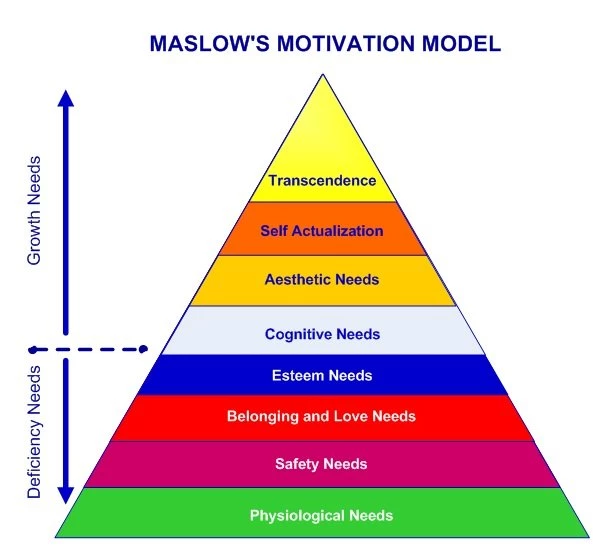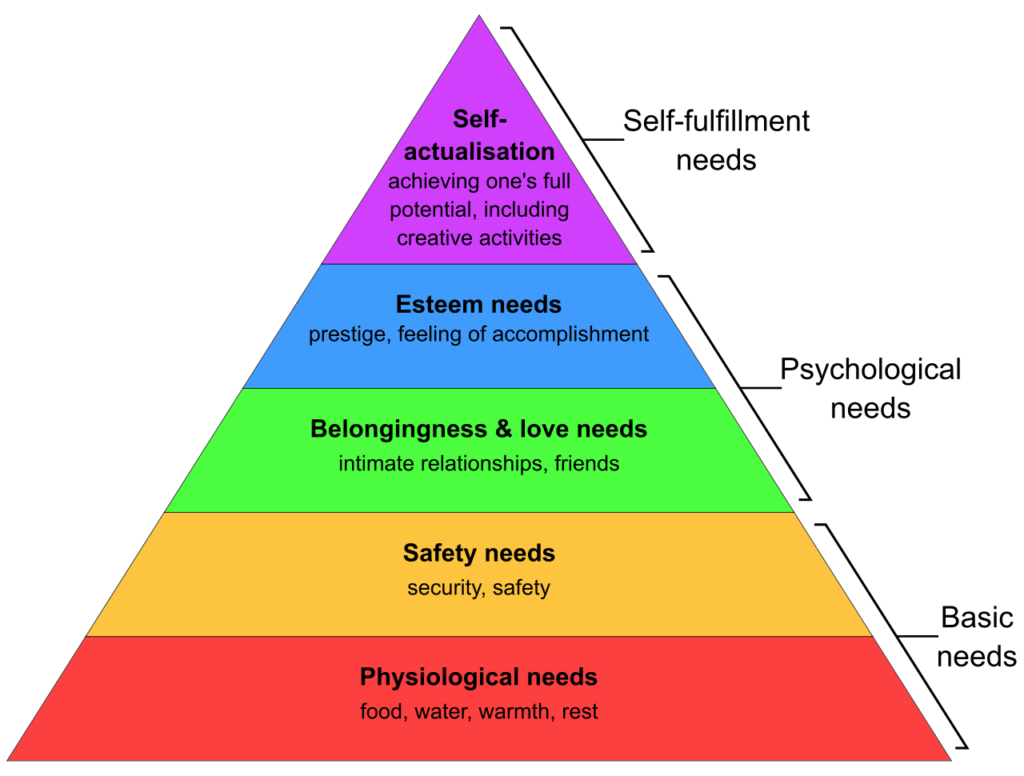2022-02-22 22:22 stArt 1, 2, 3, 4, Progress; 2, 22, 222, 2222… Symmetry; 22.❤2.2❤22
This website is for Us!
Join Us!
? MeRRy, Happiness, Health: 1. Inner peace. 2. Getting satisfaction from helping and being a support for Others. Relations. 12R.tv❌✅ I wish You, Myself and Others, that at the end of next year each of Us could say: “2022 was the best year of my life ??”. Marcin Ellwart
4us7.com / DE?? EN?? ES?? FR?? IT?? NL?? PL?? PT?? SE??
AL??
AZ??
BA??
BD??
BG??
BY??
CN??
CZ??
DK??
EE??
EG??
FI??
GE??
GR??
HK??
HR??
HU??
ID?? IE?? IL?? IN?? IR?? IS?? JP??
KE??
KR??
KZ?? LT?? LV?? MK??
MT??
MM?? MY??
NO??
PH??
PK??
RO??
RS??
RU?? SA??SI??
SK?? TH?? TR??
TW??
UA?? VN??
Happiness
The term happiness is used in the context of mental or emotional states, including positive or pleasant emotions ranging from contentment to intense joy.[1] It is also used in the context of life satisfaction, subjective well-being, eudaimonia, flourishing and well-being.[2]
Since the 1960s, happiness research has been conducted in a wide variety of scientific disciplines, including gerontology, social psychology and positive psychology, clinical and medical research and happiness economics.
Happiness’ is the subject of debate on usage and meaning,[3][4][5][6][7] and on possible differences in understanding by culture.[8][9]
The word is mostly used in relation to two factors:[10]
the current experience of the feeling of an emotion (affect) such as pleasure or joy,[1] or of a more general sense of ’emotional condition as a whole’.[11] For instance Daniel Kahneman has defined happiness as “what I experience here and now”.[12] This usage is prevalent in dictionary definitions of happiness.[13][14][15]appraisal of life satisfaction, such as of quality of life.[16] For instance Ruut Veenhoven has defined happiness as “overall appreciation of one’s life as-a-whole.”[17][18] Kahneman has said that this is more important to people than current experience.[19][20][21]
Some usages can include both of these factors. Subjective well-being (swb)[22] includes measures of current experience (emotions, moods, and feelings) and of life satisfaction.[nb 1] For instance Sonja Lyubomirsky has described happiness as “the experience of joy, contentment, or positive well-being, combined with a sense that one’s life is good, meaningful, and worthwhile.”[23] Eudaimonia,[24] is a Greek term variously translated as happiness, welfare, flourishing, and blessedness. Xavier Landes[25] has proposed that happiness include measures of subjective wellbeing, mood and eudaimonia.[26]
These differing uses can give different results.[27][28] For instance the correlation of income levels has been shown to be substantial with life satisfaction measures, but to be far weaker, at least above a certain threshold, with current experience measures.[29][30] Whereas Nordic countries often score highest on swb surveys, South American countries score higher on affect-based surveys of current positive life experiencing.[31]
The implied meaning of the word may vary depending on context,[32] qualifying happiness as a polyseme and a fuzzy concept.
A further issue is when measurement is made; appraisal of a level of happiness at the time of the experience may be different from appraisal via memory at a later date.[33][34]
Some users accept these issues, but continue to use the word because of its convening power.[35]
More – Wikipedia.org:
https://en.m.wikipedia.org/wiki/Happiness
Maslow’s hierarchy of needs


Maslow’s hierarchy of needs is an idea in psychology proposed by American Abraham Maslow in his 1943 paper “A Theory of Human Motivation” in the journal Psychological Review.[3] Maslow subsequently extended the idea to include his observations of humans’ innate curiosity. His theories parallel many other theories of human developmental psychology, some of which focus on describing the stages of growth in humans. He then created a classification system which reflected the universal needs of society as its base and then proceeding to more acquired emotions.[4] His theories, including the hierarchy, may have been influenced by teachings and philosophy of the Blackfeet tribe, where he spent several weeks prior to writing his influential paper.[5] The hierarchy of needs is split between deficiency needs and growth needs. The theory is usually shown as a triangle in illustrations.
The hierarchy of needs is a psychological idea but also a “… valuable assessment tool … “.[6] This tool is utilized in many fields that involve working and taking care of people such as but not limited to: health care workers, educators, social workers, life skill coaches, and many more. Maslow’s hierarchy pyramid is frequently used because it visualizes the needs that one must have met in order to reach self-actualization. This concept was created as Maslow “studied and observed monkeys … noticing their unusual pattern of behavior that addressed priorities based on individual needs”.[6] The two key elements involved within this theory is the individual and the priority, which connects them to intrinsic behavioral motivation.
Maslow’s hierarchy of needs is used to study how humans intrinsically partake in behavioral motivation. Maslow used the terms “physiological”, “safety”, “belonging and love”, “social needs” or “esteem”, and “self-actualization” to describe the pattern through which human motivations generally move. This means that in order for motivation to arise at the next stage, each stage must be satisfied within the individual themselves. Additionally, this hierarchy is a main base in knowing how effort and motivation are correlated when discussing human behavior. Each of these individual levels contains a certain amount of internal sensation that must be met in order for an individual to complete their hierarchy.[4] The goal in Maslow’s hierarchy is to attain the fifth level or stage: self-actualization.[7]
Maslow’s idea was fully expressed in his 1954 book Motivation and Personality.[8] The hierarchy remains a very popular framework in sociology research, including management training[9] and higher psychology instruction. Maslow’s classification hierarchy has been revised over time. The original hierarchy states that a lower level must be completely satisfied and fulfilled before moving onto a higher pursuit. However, today scholars prefer to think of these levels as continuously overlapping each other. This means that the lower levels may take precedence back over the other levels at any point in time.[4]
https://en.m.wikipedia.org/wiki/Maslow%27s_hierarchy_of_needs